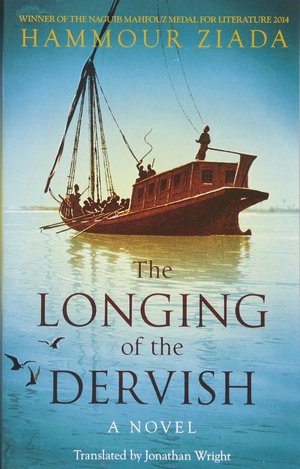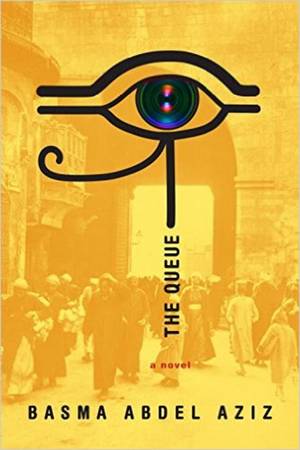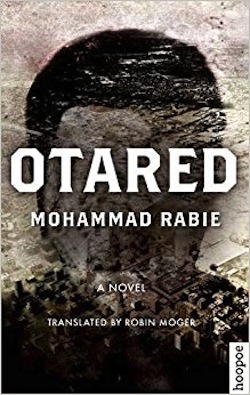Magical Realism from the Sudan
 It feels like we’re in a Golden Age for translations of speculative fiction. We’re seeing everything from the rise of Egyptian dystopian novels to Chinese authors making it big in the American market. Of course, some nations and cultures are better known than others. One that is little known to English-language readers is Sudanese fiction. It can be hard to get in the West, and even on my regular visits to the American University in Cairo bookshop I have to hunt to find authors from south of the border.
It feels like we’re in a Golden Age for translations of speculative fiction. We’re seeing everything from the rise of Egyptian dystopian novels to Chinese authors making it big in the American market. Of course, some nations and cultures are better known than others. One that is little known to English-language readers is Sudanese fiction. It can be hard to get in the West, and even on my regular visits to the American University in Cairo bookshop I have to hunt to find authors from south of the border.
It’s worth the search. Sudanese literature is rich in history and folklore, and a large measure of what I’ve come across contains speculative elements. One could call it magical realism, although I have not seen any Sudanese author use that term.
My most recent acquisition was Hammour Ziada’s novel The Longing of the Dervish. Set in the nineteenth century during the time of the Mahdi’s brief empire, it follows the adventures of the slave Bakhit and his obsession with the Alexandrine Greek nun Theodora. Poor Theodora spends most of the novel as a ghost while Bakhit sets out to avenge her killing. The historical setting is richly drawn, as are the characters, and one gets the feeling that the phantom Theodora is not the product of Bakhit’s madness. There’s also some interesting scenes of folk magic.
The journal Banipal, which publishes Arabic literature in translation, dedicated their issue 55 to Sudanese writing. A couple of the stories have speculative elements. “Amulet and Feathers” by Leila Aboulela is another tale of revenge that involves a female character who dresses as a man to avenge her father’s killing only to go through a even more radical transformation. “The Jealous Star” is a children’s tale with a star as the main character who convinces all the other stars to move to the daylight. Other stories are set more firmly in reality, including an excellent one by Hammour Ziada about what happens to an isolated village when a Bedouin tribe decides to move in.

 One pleasant stop on my recent trip to Cairo was the American University’s bookshop near Tahrir Square. It’s a treasure trove of books on Egyptology and Egyptian fiction in translation. Among the titles I picked up was the dystopian novel
One pleasant stop on my recent trip to Cairo was the American University’s bookshop near Tahrir Square. It’s a treasure trove of books on Egyptology and Egyptian fiction in translation. Among the titles I picked up was the dystopian novel